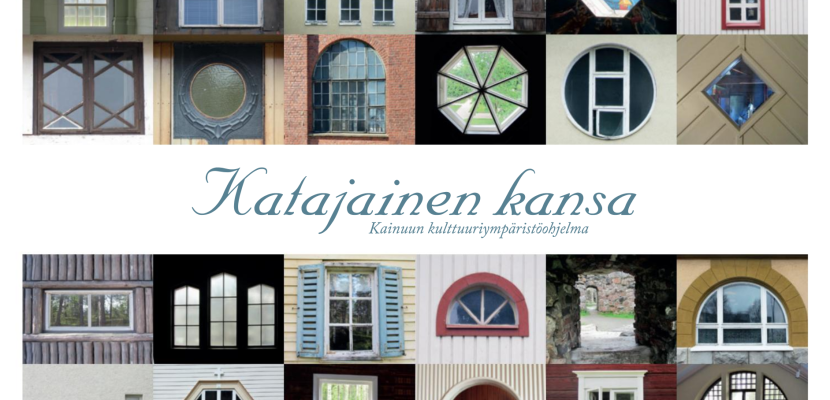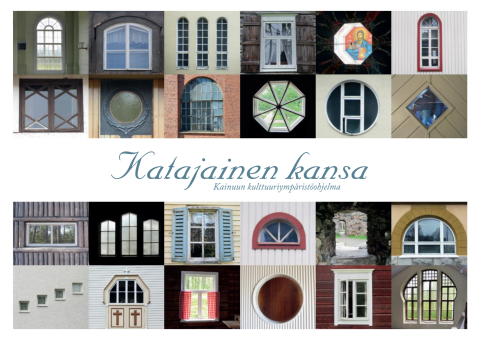
Kainuu Cultural Environment and Built Heritage Program

About this good practice
In Kainuu there was a need to document large amounts of cultural heritage assets in inventories, to preserve the heritage and to prevent the loss of valuable cultural knowledge. Stories and pictures of 84 sites or destinations were collected (of 224 regional destinations, defined as cultural heritage sites).
The objectives are reached through the inventory process: documenting information (photographs, descriptions, stories, historical context). Information was also collected with the help of a photography competition.
• Regional strategy and inventory of sites (2013)
• Regional Assessment of Built cultural heritage sites of national significance
• Regional analysis of the valuation of the 84 sites to evaluate for the financing support programme and joint-national program coordinated by the Finnish Heritage Agency
• Aims of the Cultural environment program:
1) Systematic collection of heritage sites
2) Preservation of them
In charge: Regional council, municipalities, regional museum, Centre for Economic Development, Transport, and the Environment (ELY-keskus), visitors, inhabitants of Kainuu.
The Financing support programme is coordinated by Kainuu Centre for Economic Development, Transport and the Environment
Documenting heritage sites ensures that the history, traditions, and unique characteristics of a region are recorded and passed on to future generations. Providing information in both book and online formats is important for accessibility and outreach.
Resources needed
Regional Council / Kainuun Etu
EU-funding
Evidence of success
The systematic collection of cultural heritage sites and assets helps to preserve cultural identity and is essential for tourism and economic development.
The program has been a valuable tool and database for later programs and land use planning. E.g. it was key material for the Update Report on the Regionally Valuable Architectural Historical Sites in Kainuu (2018), and the cultural environment programs of Kainuu municipalities. The selected sites were listed also to national heritage lists.
Potential for learning or transfer
The program is easy to replicate: All regions can begin an inventory process on cultural heritage, engage the community, and start documenting information (photographs, descriptions, stories, historical context). It also supports sustainable regional development, tourism, and innovation.
Innovation is supported by the fact that there is more information available about the different collected destinations. It is possible to find new paths in between the different heritage sites. The publication storifies the histories of Kainuu region and also invites children and youth to tell their ideas on the future of different sites as an example, new use of old spaces, which has educational value.
The inventory program is relevant in improving the preservation of cultural heritage, and for professional development of e.g. the organisations in charge of environment and built heritage.
Further information
Images
Website
Good practice owner
You can contact the good practice owner below for more detailed information.

